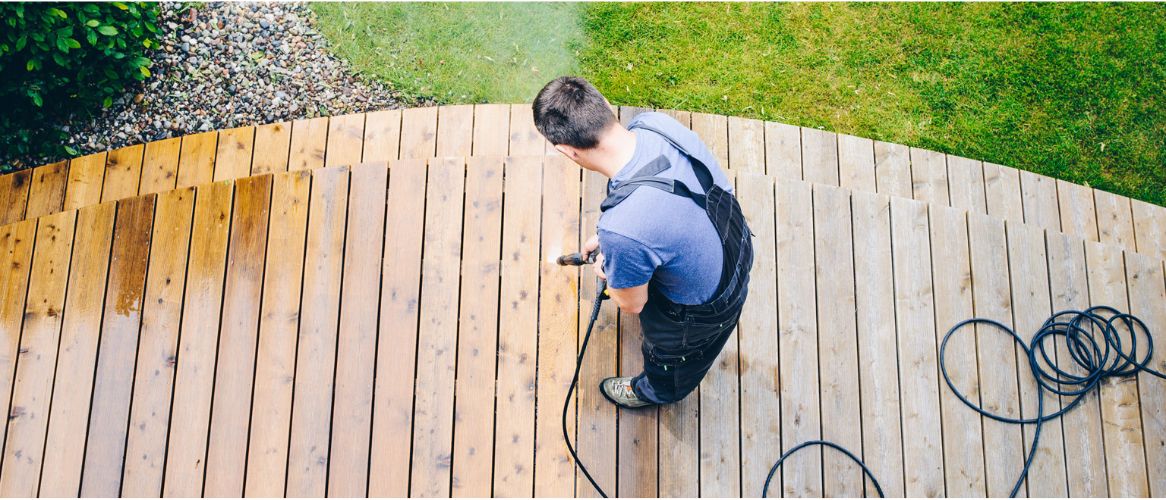Introduction:
Cleaning is an essential part of maintaining the appearance and longevity of our homes, driveways, and outdoor surfaces. However, choosing the most effective cleaning method can often be a dilemma. In recent years, power washing has gained popularity as a fast and efficient way to tackle tough dirt and grime. In this blog post, we’ll explore the benefits and drawbacks of power washing compared to traditional cleaning methods, helping you make an informed decision on which approach is right for your cleaning needs.
Power Washing: The Mighty Cleaning Force
Power washing, also known as pressure washing, utilizes a high-pressure stream of water to blast away dirt, mold, mildew, and other stubborn stains from surfaces. The pressure is typically generated by a specialized machine that combines water with high-powered jets, delivering a forceful cleaning action.
Benefits of Power Washing:
Superior Cleaning Power: Power washing offers an unparalleled cleaning performance, effortlessly removing deep-seated dirt and grime that traditional cleaning methods may struggle to eliminate. It can tackle a wide range of surfaces, including concrete driveways, decks, patios, fences, and even vehicles.
Time and Effort Efficiency: Power washing saves you time and energy. The high-pressure stream of water effectively cleans large areas in a fraction of the time it would take with manual scrubbing or traditional cleaning methods. It also minimizes the need for harsh chemicals, making it an environmentally friendly option.
Restoration and Maintenance: Power washing not only cleans surfaces but can also help restore their original condition. By removing layers of dirt, mold, and stains, it can revitalize the appearance of outdoor spaces, making them look almost like new. Regular power washing can also help extend the lifespan of various surfaces by preventing the buildup of damaging substances.
Traditional Cleaning Methods: The Tried-and-True Approach
Traditional cleaning methods encompass techniques such as scrubbing, brushing, and using chemical cleaners. These methods involve manual labor and often require the use of cleaning agents to break down stains and grime.
Benefits of Traditional Cleaning Methods:
Control and Precision: Traditional cleaning methods allow for more precise targeting of specific areas that require cleaning. With tools like brushes, sponges, and mops, you can exert focused effort on tough stains or delicate surfaces that may not withstand the force of power washing.
Cost-Effectiveness: Traditional cleaning methods are generally more affordable since they don’t require specialized equipment or machinery. The necessary cleaning tools and supplies are readily available and can be used repeatedly, reducing long-term expenses.
Delicate Surfaces: Some surfaces, such as delicate woodwork, antique furniture, or certain types of siding, may not be suitable for power washing. Traditional cleaning methods offer a gentler approach, allowing you to tailor the cleaning process to the specific requirements of the surface.
Conclusion:
Choosing between power washing and traditional cleaning methods ultimately depends on your cleaning needs, the surface being cleaned, and your personal preferences. Power washing excels in terms of efficiency, speed, and tackling stubborn dirt and grime. It’s ideal for large outdoor areas and surfaces that can withstand high-pressure water jets. On the other hand, traditional cleaning methods provide more control, precision, and are suitable for delicate surfaces.
Consider the specific cleaning task at hand, evaluate the surface condition, and assess your comfort level with each method. In some cases, a combination of both approaches may be the best solution, utilizing power washing for heavy-duty cleaning and traditional methods for intricate or fragile surfaces. Ultimately, the goal is to achieve a clean and well-maintained environment that enhances the aesthetics and durability of your property.

